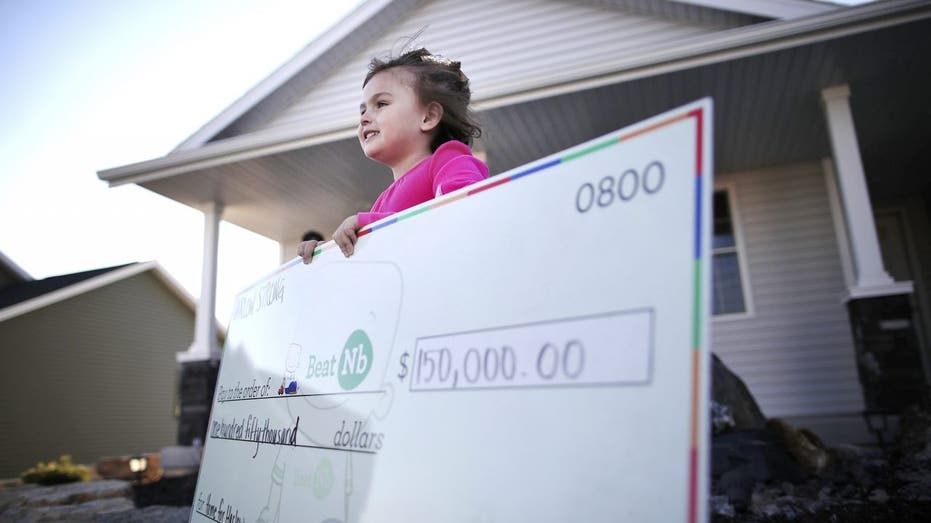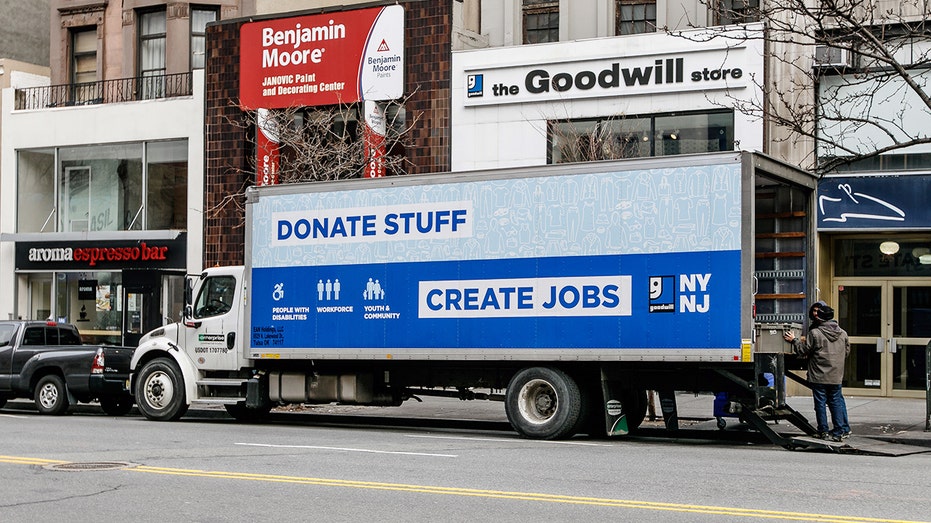Charitable giving rates still haven't recovered from the Great Recession
When the economy turned south during the Great Recession, so did charitable giving.
While the stock market has boomed since then and wages have risen slowly but steadily, the share of American households contributing to charity hasn't rebounded, according to a recent study by Indiana University's Lilly Family School of Philanthropy.
Between 2006 and 2016, that figure fell more than 13 points to 53 percent, equating to roughly 20 million Americans. That compares with 66 percent in 2000.

(Graph: Lilly Family School of Philanthropy Indiana University)
FACEBOOK'S ZUCKERBERG: BILLIONAIRES GIVING WEALTH TO GOVERNMENT NOT THE BEST IDEA
Researchers say the share of Americans donating to charities held relatively steady until 2010, which researchers say "marked a turning point."
COLLEGE DONATIONS SKYROCKET AMID TAX LAW CHANGES
The analysis drew on data from Philanthropy Panel Study, a module within the University of Michigan’s Panel Study of Income Dynamics, which tracks the same 9,000-plus families’ charitable giving every two years.

Six-year-old Harlow Phillips holds up a large $150,000 check meant for the organization Beat NB from the sale of a new Evansville, Wis., home built with community donations in support for Harlow's fight against neuroblastoma cancer on Oct. 18, 2019.
GET FOX BUSINESS ON THE GO BY CLICKING HERE
In examining the giving behaviors of different demographic groups, researchers say only those with lower levels of education, income, and/or wealth showed significant declines in charitable giving following the Great Recession, which began in December 2007.
During the downturn, real personal income per capita fell by 8.3 percentage points, and the unemployment rate increased from 4.6 percent to 9.3 percent before sliding to an almost 50-year low.
The S&P 500 hit a record high Monday morning, surpassing its July peak of 3,027.98.

Two employees unload a Goodwill truck parked in front of their store.
GINSBURG DONATING $1M PRIZE TO CHARITY
Researchers say one driving factor is a decline in involvement with religious organizations, relationships that are generally associated with an increased likelihood of donating to charity and the amounts donated. The portion of people attending services at least once per month has fallen from 55.9 percent in 2003 to 48.9 percent in 2017.
CLICK HERE TO READ MORE ON FOX BUSINESS
Although the charitable landscape experienced major shifts in recent years, in 2018, Americans gave more than $400 billion, amounting to 2 percent of GDP, Giving USA reported.
While households 60 and older have played an outsized role in overall contributions by increasing their giving rates and the size of their donations, younger households’ giving rates have grown more slowly during the past decade, Una Osili, associate dean for research and international programs at the Lilly Philanthropy School, said in a statement.
"Social media and technology, greater global connectivity, and lower rates of religious attendance, combined with declining levels of trust in institutions, are influencing giving behavior," said Osili, one of the leading experts on charitable giving and its effects on the economy.
The Associated Press contributed to this report.




















